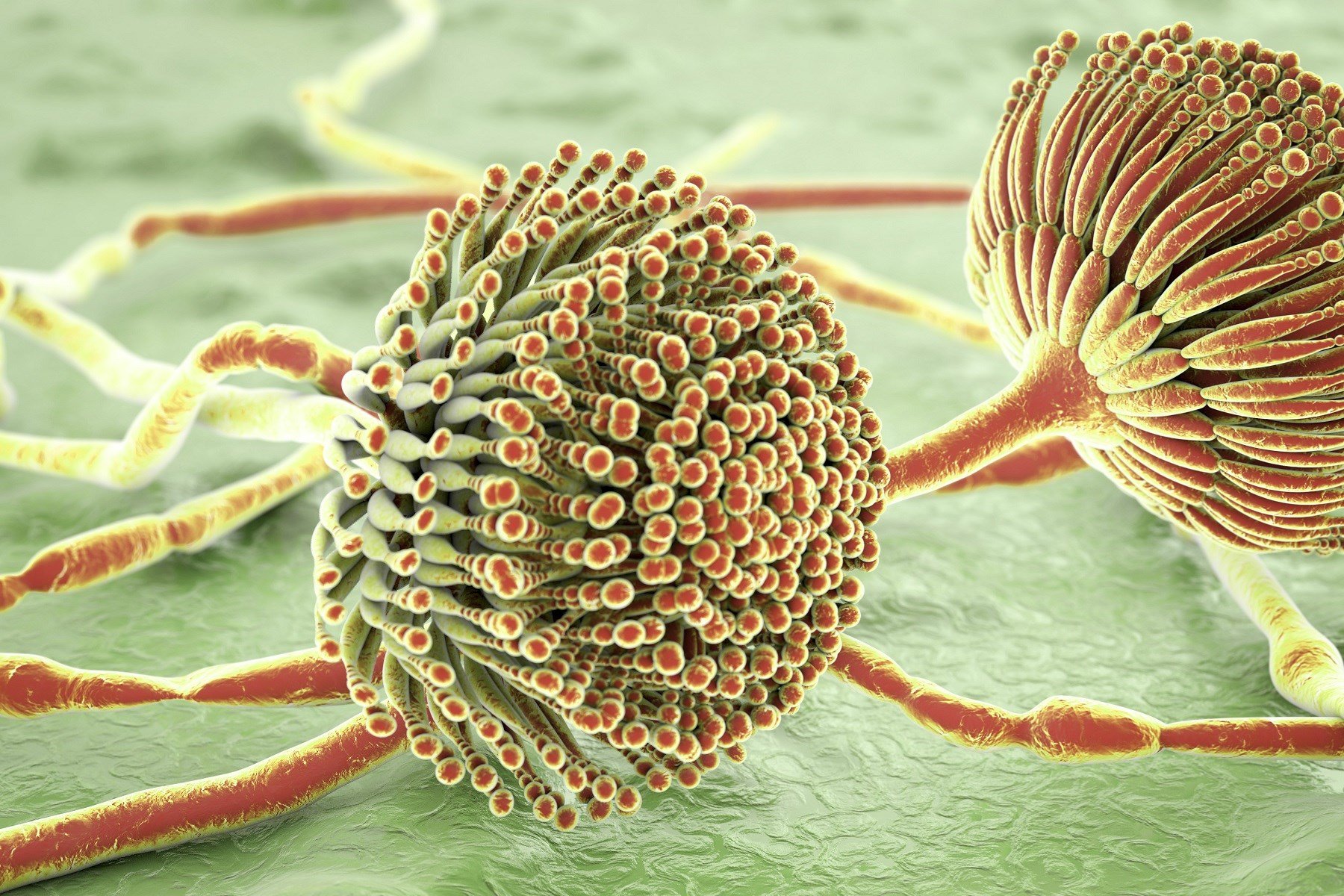What are mycotoxins?
Mycotoxins are secondary metabolites produced by moulds that can infest raw materials and poultry feeds. They can be produced while crops are growing in the fields and at various stages of raw material storage and transportation. For example, Fusarium mycotoxins are mainly produced in the fields, while Aspergillus and Penicillium mycotoxins can be produced both in the fields and during storage.
The type and concentration of mycotoxins produced on crops depends on factors such as seed quality, temperature, relative humidity in the atmosphere, rainfall, soil condition, use of fungicides and fungal load in the environment. Unexpected rainfall while harvesting crops further increases the chance of mould growth and mycotoxin production.
The good news is that many factors impacting mycotoxin production during raw material storage and transportation can be managed well if given adequate attention. For example, feed mill hygiene plays a key role in reducing mycotoxin production during feed manufacture and storage.
Although more than 600 mycotoxins have been characterized so far, very few have been studied extensively. Most of the attention has centred on the “big six” mycotoxins – aflatoxin B1 (AFB1), ochratoxin A (OTA), T-2 toxin, DON, fumonisin B1 (FB1) and zearalenone (ZEN) – and “emerging” mycotoxins, such as fusaric acid and moniliformin. After analysing a large sample of data, we found that mycotoxins normally occur in combinations in raw materials and complete feeds. In general, AFB1 and FB1 are a major issue in the tropical regions of the world, while DON and ZEN are more prevalent in temperate regions. OTA and T-2 toxin can be found in many different regions due to the moderate requirements of temperature and humidity for their growth and mycotoxin production.
Mycotoxin mitigation
To help you mitigate the effects of mycotoxins, Selko has developed the TOXO product range, which has proven in vitro and in vivo efficacy. TOXO products are part of our Mycotoxin Risk Management Programme, which helps to identify, reduce and monitor the risk of mycotoxins in raw materials and complete feed.
TOXO products contain natural smectite minerals, with no fillers. Data shows this form of minerals binds and eliminates mycotoxins better than others. It strengthens intestinal barriers using specific glucose biopolymers which, data shows, reduces mycotoxin and pathogen translocation into the bloodstream. Enzymatically activated Beta glucans also modulate the immune response to pathogens and vaccination.
Learn more about our Mycotoxin Risk Management Programme and TOXO product portfolio.
